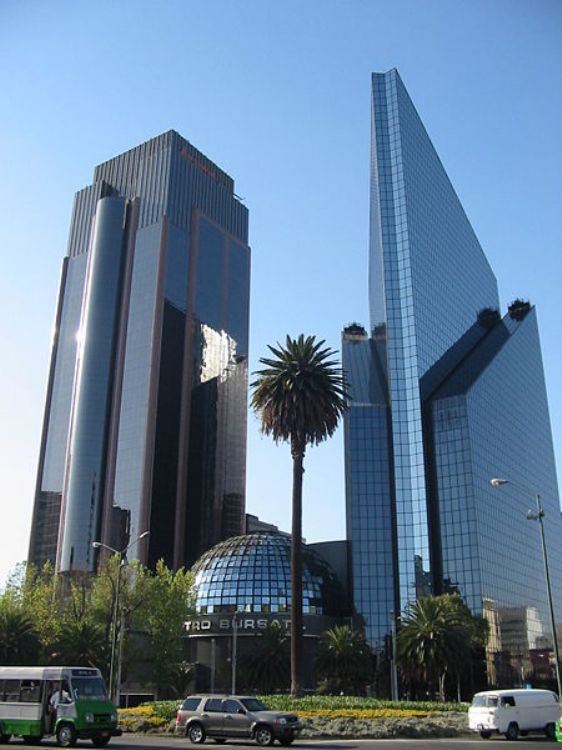
About Ciudad Victoria
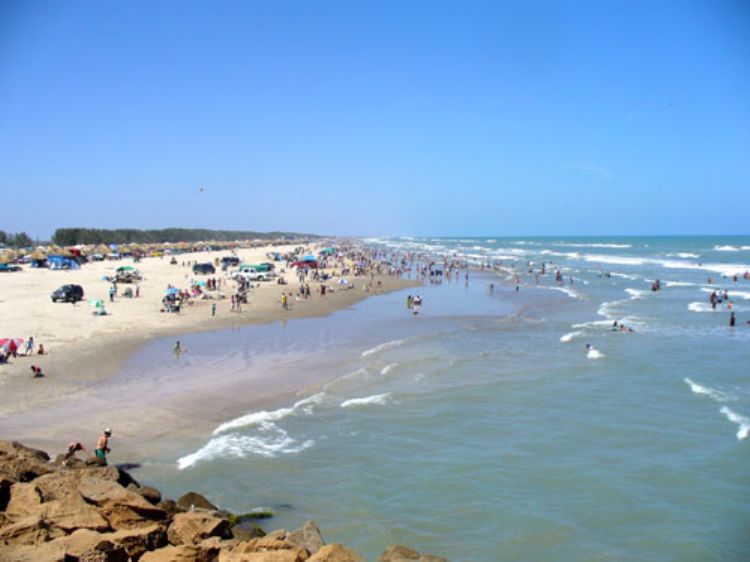
In 1750 José de Escandón founded the Villa of Santa Maria de Aguayo, in the then territory of Nuevo Santander, current Mexican State of Tamaulipas. Its current geographic location, right in the center of the State, resulted after some location changes due to the constant attacks of violent Chichimeca Indians of the region, particularly the Janambres and Pisones Indians.
The city's tracing is orderly and square, following the tradition of colonial cities of having a Plaza de Armas around which there were spaces for the Cathedral a Palacio de Gobierno and another spaces for supplying the commercial center, in this case called El Parián.
During the war of Independence, the participation of Nueva Santander was very limited. In the year 1825, the congress of the state decided to move its powers to the Villa of Santa Maria de Aguayo while simultaneously giving it the category of city and changing the name to Victoria, in honor of the self-proclaimed Mexican Emperor Guadalupe Victoria.
Since then an era of great growth started for the city with, among others, the construction of the first Escuela Normal Superior, the first Escuela Municipal for girls and the first preschool education center in the whole country, besides the inauguration of the beautiful Teatro Juarez and the Instituto Cientifico y Literario de Tamaulipas, as well as the first train, all this towards the end of the XIX century.
At the beginning of the new century, it started the construction of important communication routes as the highway to Laredo and Matamoros.
In the social environment, the downfall of Porfirio's era meant the collapse of strict social and etiquette norms that promoted a division between social classes, for which since then, the people of Tamaulipas could enjoy a freer social life.
An outstanding man in politics was born in Victoria, Lic. Don Emilio Portes Gil was President of Mexico in 1928 "â 1930.
Located in the geographic center of the State of Tamaulipas on the Tropic of Cancer, Ciudad Victoria is the political and social axis of the State. In the mountainous region, the climate is semi-warm with rains in summer, while in the lower parts the climate is extremely warm with an average yearly temperature of 75°F.
Articles Releated with Ciudad Victoria

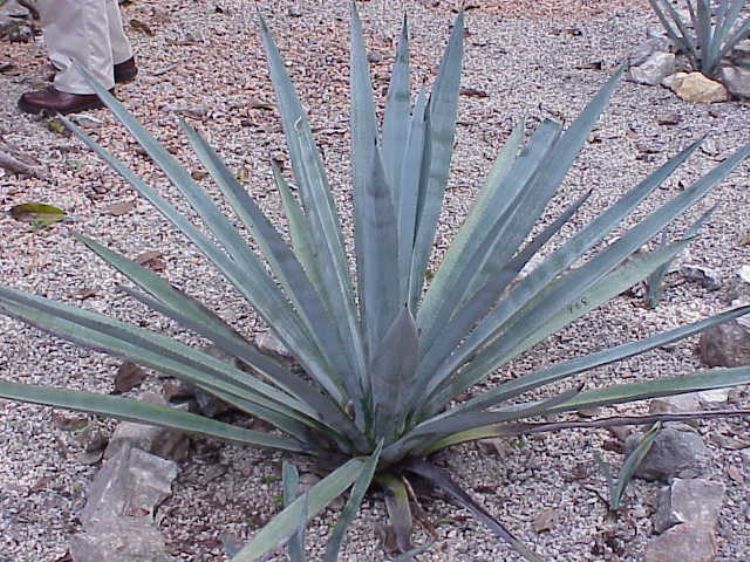
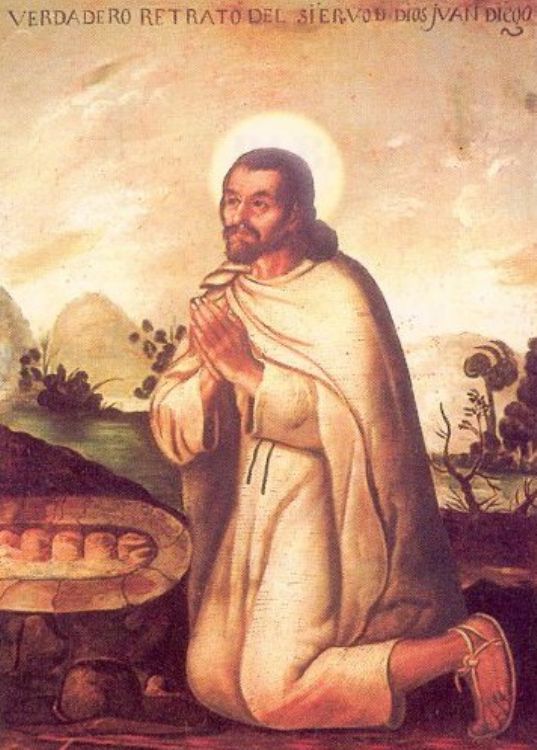
The apparition of the Virgin of Guadalupe before Juan Diego
Ten years after the Conquest of Mexico, on the 9th of Dec...

Mexico's 10 most beautiful caves
1. La Cueva de los Cristales at NAICA Mine, Chihuahua.
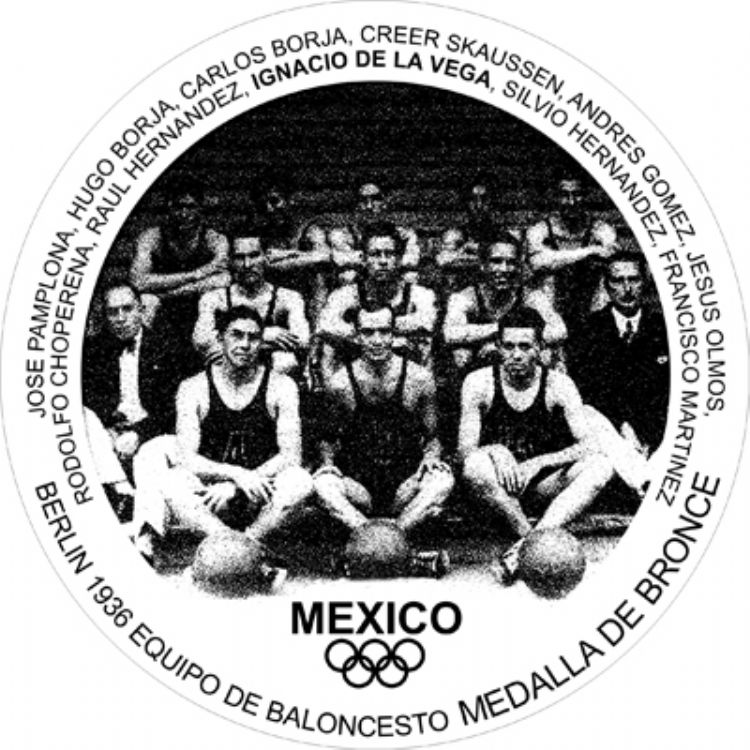
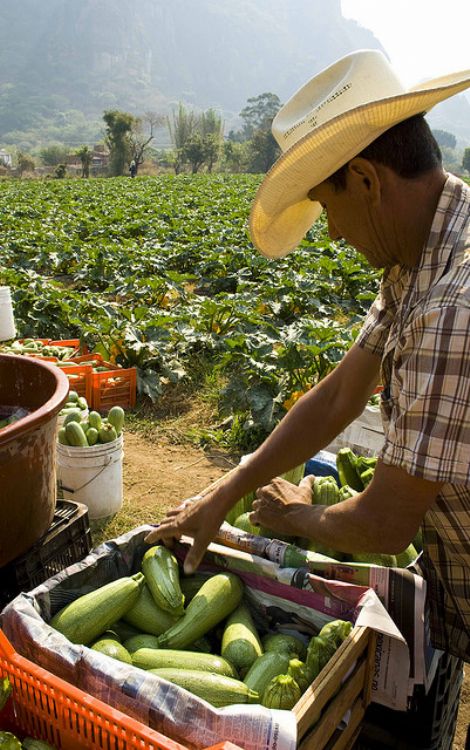
Most Viewed
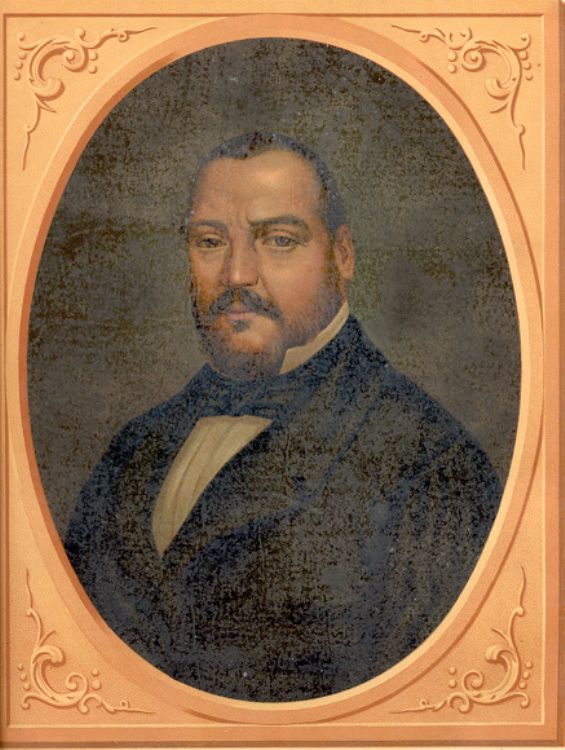
The War of Reform, History of Mexico
Mexicoâs War of Reform, also known as the Three Year Wa...
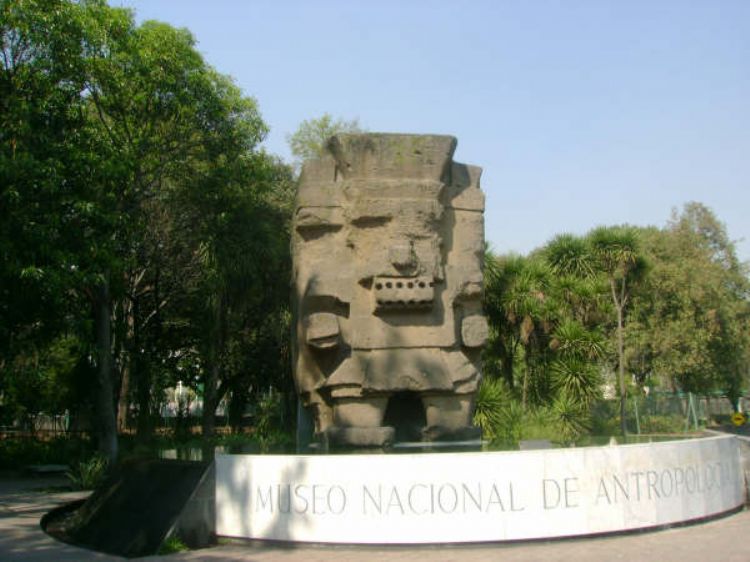
National Museum of Antropology (Museo Nacional de AntropologÃa)
It is a monumental building, located in Bosque de Chapult...

